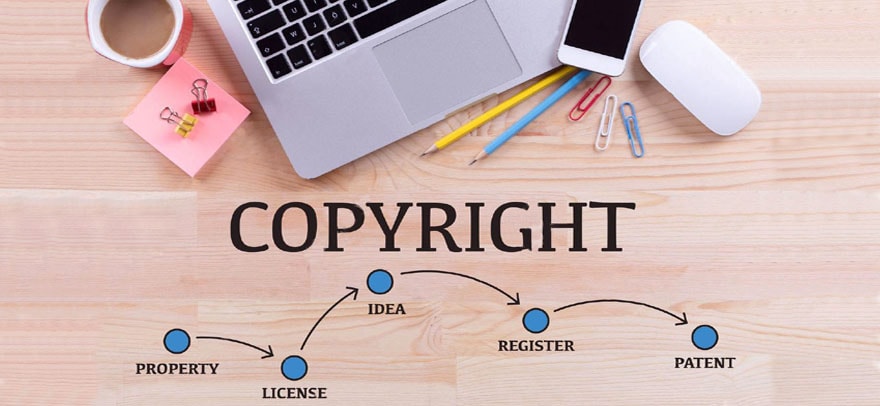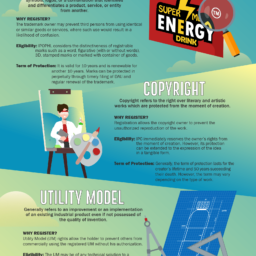Why IP Legislation in the Philippines Needs to Evolve Alongside Emerging Technologies
Increasing demands for efficiency have resulted in the surge of technological innovations. In recent years, artificial intelligence itself has materialized and found its way into being the most efficient method. As such, it has become part of our daily lives.
Our mobile phones alone contain programs that allow the technology to learn from the user’s routine and provide the necessary output such as correcting typographical errors, automatic searches, suggested applications, and much more. As the need for further innovation on technological advances grows, so does the need to determine and protect the rights attached to them.
Issues in Software Development
Artificial Intelligence (AI) is created through open-source platforms by developers and can further advance their codes by using various language programming. The end-product is a software that can be trained to pattern itself to the decision-making process of a user.
Traditional software development requires a series of steps for a single developer. Various developers must work and communicate on different parts of the software at the same time, where each function cannot work independently. Thus, no single developer is able to create the finished code that may still be subject to various updates later on and provides issues on the ownership over the intellectual property (IP). As the need for more fast-paced software grows, the demand for agile software development methods also increases.
Where Does Intellectual Property Law Step In?
The Intellectual Property Code of the Philippines, as amended, clearly states that software codes or artificial intelligence are copyrightable works, and in some instances also patentable.
Softwares developed through traditional methods are easily protected under the law.
However, the same protection does not easily apply to those created through agile development due to various changes by several developers and because of a lack of proper documentation of possible intellectual properties created during each cycle of changes or updates. In some instances, even machine learning programs automatically create new code lines in order to come up with the final software fit for the necessity of the end-user.
Since the law is silent on this matter, some IP solutions on ownership issues of codes are managed through private agreements. Employers may enter into non-disclosure agreements with a stipulation on code ownership with their employees or the contractors creating the code. Another simpler method could be an agreement between the parties on the ownership of the artificial intelligence produced when the final code is produced.
In instances where machine learning programs create the code, ownership may be determined and agreed upon based on the team or developer that created the machine learning program. Absent such agreements, the final codes are subject to co-ownership among the developers.
The Need for Law to Catch Up on Recent Trends in Technology
The law itself is broad enough to encompass developments in technology but is not specific enough as we hoped. Even with recent amendments, the issue of ownership on self-evolving is left to the discretion of the parties involved. Hopefully, the law catches up and becomes as advanced in its scope as the most recent trends in technology.


